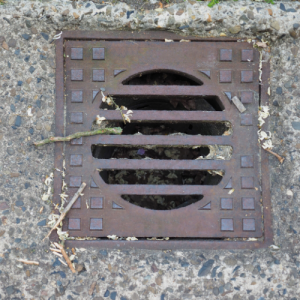The focal point of this survey is research inside care homes in the UK (specifically, England) although the discoveries are probably going to be of more extensive interest. The unique circumstance and culture of care homes this survey, the term care home alludes to throughout the entire private term care settings which give bunch living and individual and additionally nursing care for more seasoned individuals and other adults. In the past, homes were isolated into two unmistakable sorts: nursing homes, which give individual consideration, and on-location nursing care; and private homes, which gave personal care just, with nursing care being given by nearby NHS essential consideration administrations on Care Homes Worcester . Currently, the terms care home or care-just home, and care home with nursing are applied. Inside Both classes, homes can be additionally enlisted as work in dementia care (frequently alluded to as Elderly Mentally Infirm, or EMI homes), where staff care for a more noteworthy number of inhabitants with moderate or extreme dementia. In any case, new registration of 18,700 more seasoned individuals living in care homes found 63% of occupants across a wide range of care homes have some type of dementia (BUPA 2009) featuring that practically all consideration homes care for a high extent of inhabitants with dementia, not just EMI homes.

Care, support individuals
Some care homes have some expertise in different spaces of psychological well-being, for instance, addictions or schizophrenia, while others support individuals with learning or scholarly inabilities. In the UK, 80% of private consideration is given by the autonomous sector, predominantly in private area (revenue-driven) homes (Laing and Buisson 2009) with a diminishing number being controlled by the nearby government (neighborhood authority homes). In 2009, 73 percent of care-just homes were in the private area, 19% in the intentional area, and the majority of the rest were controlled by neighborhood specialists. Of the consideration homes giving nursing care, 89% were controlled by the private area (Eborall et al. 2010). Around 55% of inhabitants in private area care homes are financed by neighborhood specialists, 6% by the NHS, and 39per percent secretly (self-funders) (Laing and Buisson 2009). More inside and out the conversation of the blended economies of UK care homes can be found in Froggatt et al. (2009) and NC R&D(2007). Inspecting bodies for care homes across the UK have changed a few times in ongoing years. Currently, care homes in England should cling to 28 quality and security guidelines set out in the Health and Social Care Act 2008 (Regulated Activities) Regulations (2009)(Department of Health 2009b) and the Care Quality Commission (Registration) Regulations(Care Quality Commission 2009). The Care Quality Commission (CQC) controls wellbeing and grown-up friendly consideration administrations in England, regardless of whether they are given by the NHS, neighborhood specialists, privately owned businesses or intentional associations. Latest review reports for all consideration homes, including the enrolment of each care home for its directed activity.
Inhabitant cooperation
Titman (2003) characterized key spaces of data that people felt they might want to have when settling on options about care homes, which included atmosphere, staff, inhabitant cooperation, and reasoning. The writing survey by NCHR&D(2007) incorporates a part named ‘Advancing positive culture in care homes. This is a useful beginning stage for new consideration home specialists to comprehend the intricacy of residents, family members, and staff needs and connections, and features the highlights of a ‘positive’ care home culture.




